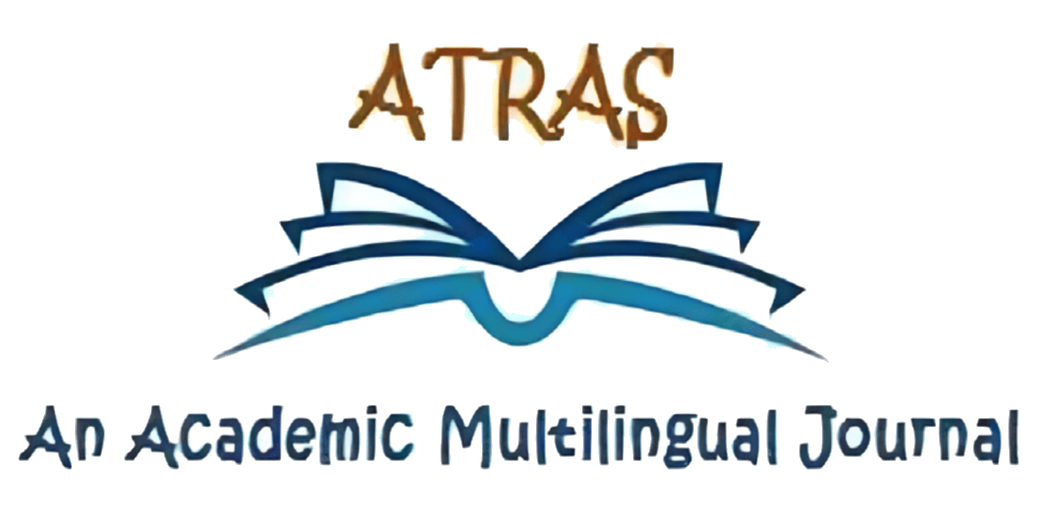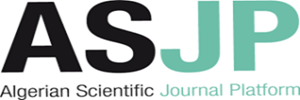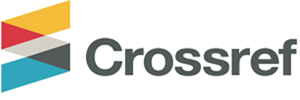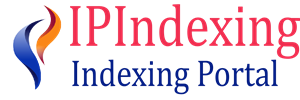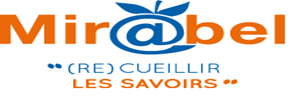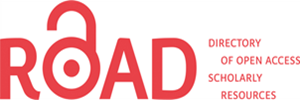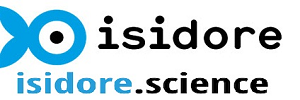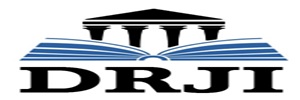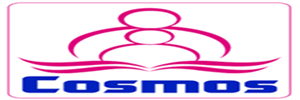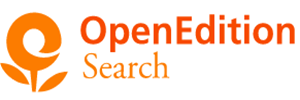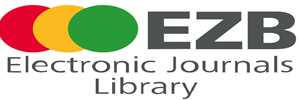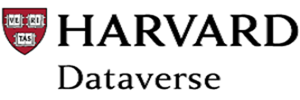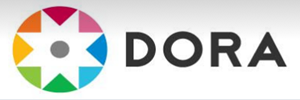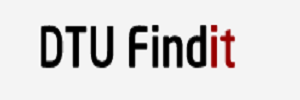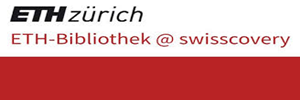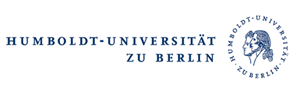Title: Distance Blended Teaching and Learning Experience: A Virtual Class Experiment via Google Classroom
Miloud Bekkar
University of Mustapha Stambouli, Mascara
Abstract
Improvements in education science move from teacher centred to student centred learning systems. Thus, blended learning had a direct impact on students’ learning process. The conception of distance teaching was a must at a certain time due to the COVID-19 pandemic.
This study aims to search for the achievements of distance teaching/learning experienced at Mascara University. A research study showed that the effect of the virtual learning model through Google Classroom denotes students’ positive responses. This research study is significant because it reflects the utility and efficiency of Google Classroom which is considered to be uncomplicated for both teachers and students. In this essence, an experimental application of Google Classroom has been applied to a number of 152 First Year Licence and Master LMD (Licence-Master-Doctorate) Grades students. This experimental research tool had a significant influence on the teaching procedure. According to the findings, there was a clear difference between customary traditional and distance learning. It can be confessed that according to the persistence of student achievement, this Google Classroom learning method demonstrated an unexpected effectiveness.
Keywords:
distance learning, Google Classroom, learning process, traditional learning, virtual learning
How to Cite this Paper:
Bekkar, M. (2024). Distance Blended Teaching and Learning Experience: A Virtual Class Experiment via Google Classroom. In Proceedings of the First Online International Conference of Teaching and Learning in Post-COVID: Reality and Expectations, Saida University, 12-13 December, 2023, pp. 75-84
References
Aboagye, E., Yawson, J. A., &Appiah, K. N.(2020). Covid-19 and E-Learning: The Challenges of Students in Tertiary Institutions. Social Education Research, 2(1),
1- https://doi.org/10.37256/ser.212021422.
Allen, I. E., & Seaman, J. (2015). Grade Level: Tracking Online Education in the United States. Babson Survey Research Group. Babson College, 231 Forest Street, Babson Park, MA 02457.
Armellini, A.,& Jones, S. (2008). Carpe Diem: seizing each day to foster change in e-learning design. Reflecting Education, 4 (1), 17-29.
Bailey, J., & Pearson, S. (1983). Development of a Tool for Measuring and Analyzing Computer User Satisfaction. Management Science, 29(5), 530-545. Retrieved on May 20, 2022, from www.jstor.org/stable/2631354
Bakia, M., Shear, L., Toyama, Y., & Lasseter, A. (2012). Understanding the Implications Of Online Learning for Educational Productivity. U.S. Department of Education, Office of Educational Technology.
Retrieved from http://tech.ed.gov/files/2013/implications-online-learning.pdf.
Burge, E. J. & Polec, J. (2008). Transforming learning and teaching in practice: Where
change and consistency interact. In T. Evans T, M. Haughey, & D. Murphy, (Eds.),
International Handbook of Distance Education (pp. 237-258). Bingley, UK: Emerald
Group Publishing Ltd.
Casanova, D., & Price, L. (2018). Moving towards Sustainable Policy and Practice
– a Five Level Framework for Online Learning Sustainability.
Canadian Journal of Learning and Technology, 44(3), 323-339.
https://doi.org/10.21432/cjlt27835. De Lone, W. H., & McLean, E. R. (2003). The Delone and Mclean Model of
Information Systems Success: A Ten-Year Update. Journal of Management Information System, 19 (4), 9–30.derived from: http://e-learningguru.com.
Graham, C. R. (2006). Blended learning systems: definition, current trends, and future directions. In C.J. Bonk & C.R. Graham (Eds.), Handbook of blended learning:
global perspectives, local designs (pp. 3–21). San Francisco, CA: Pfeiffer
Publishing.
Ghavifekr, S., & Rosdy, W. A. W. (2015). Teaching and learning with technology:
Effectiveness of ICT integration in schools. International journal of research in
education and science, 1(2), 175-191.
Hrastinski, S. (2008). Asynchronous and synchronous e-learning. Educause quarterly,
31(4), 51–55. Retrieved from https://net.educause.edu/ir/library/pdf/eqm0848.pdf.
Mahyoob, M. (2020). Challenges of e-Learning during the COVID-19 Pandemic
Experienced by EFL Learners. Arab World English Journal, 11(4), 351-362. DOI:
https://dx.doi.org/10.24093/awej/vol11no4.23
Marsh, D. (2012). Blended Learning. Creating Learning Opportunities for Language
Learners. New York: Cambridge University Press. Neumeier, P. (2005). A closer look
at blended learning: Parameters for designing a blended learning environment for
language teaching and learning. ReCALL, 17(2), 163-178.
Means, B., Toyama, Y., Murphy, R., Bakia, M., & Jones, K. (2009). Evaluation of
Evidence-Based Practices in Online Learning. U.S. Department of Education.
Retrieved from https://www.ed.gov/rschstat/eval/tech/evidence-based-
practices/finalreport.pdf. Consulted on 12/11/2021).
Morrison, K. R. B. (1993) Planning and Accomplishing School-Centred Evaluation.
Miloud BEKKAR ATRAS 20/02/2024
83
Dereham, UK: Peter Francis.
Muxtorjonovna, A. M. (2020). Significance of blended learning in education system. The
American Journal of Social Science and Education Innovations, 02(08), 507–511.
Nadzrah, A. B. (2007). Using Blogs to Develop Interest Among ESL Students: A New
Paradigm in Language Education. Paper presented at the 5th Asia TEFL International
Conference, Putra World Trade Centre (PWTC), Kuala Lumpur.
Rosenberg, M. J. (2001). E-learning: Strategies for Delivering Knowledge in the Digital
Age. USA: McGrow-Hill Professional.
Shaharanee, I. N. M., Jamil, J. M., & Rodzi, S. S. M. (2016). Google Classroom as a Tool
for Active Learning. AIP Proceedings, 1761(1), Article 020069.
https://doi.org/10.1063/1.4960909
Shaykina, O.I. (2014). To Develop the Competence Upgrade for Teaching English
Grammar Students of Technical University. Education and Healthcare, 13(342-4), 106
-109. Bulletin of Chelyabinsk State University.
Syahrin, S., & Salih, A. A. (2020). An ESL Online Classroom Experience in Oman
during Covid-19. Arab World English Journal, 11(3), 42-55. DOI:
https://dx.doi.org/10.24093/awej/vol11no3.3
Algérie Télécom. Wilaya de Mascara.dz. 2024.

Copyright for all articles published in ATRAS belongs to the author. The authors also grant permission to the publisher to publish, reproduce, distribute, and transmit the articles. ATRAS publishes accepted papers under the Creative Commons Attribution-NonCommercial 4.0 International (CC BY-NC 4.0) License. Authors submitting papers for publication in ATRAS agree to apply the CC BY-NC 4.0 license to their work. For non-commercial purposes, anyone may copy, redistribute material, remix, transform, and construct material in any media or format, provided that the terms of the license are observed and the original source is properly cited.
